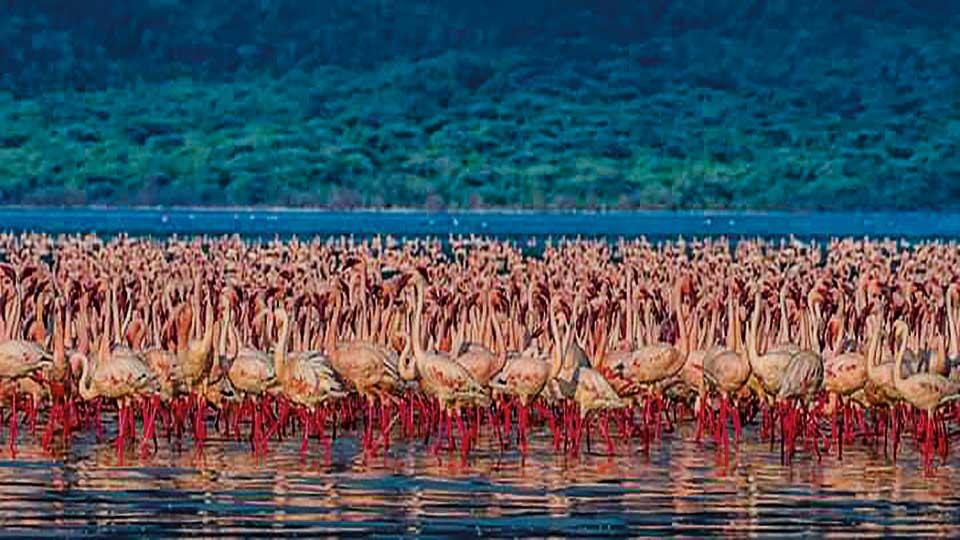[ad_1]
Winners are chosen in the categories of Animal Behaviour, Animal Portraits, Conservation Focus, Creative Nature Photography and Wildscape & Animals in Their Habitat.
This year’s winners of the NatureinFocus Photography Awards were announced at the Nature inFocus Festival, held at the Jayamahal Palace in Bangalore, India.
From a heartwarming portrait of a Bonobo nurturing a mongoose pup, to a fierce battle for mating rights among male Nubian Ibexes in Israel’s Zin Desert, these images capture unique moments in natural history and address crucial conservation matters.
The winners were whittled down from a total of 24,000 submitted photographs from 1,500 photographers around the world.
Below is a stunning collection of some of the winning and highly-commended images from the competition.
Animal Behaviour winner: Shell I Eat You? by Sankhesh Dedhia
This stunning action shot captures a rarely-seen natural history moment, where the legendary Arrowhead of Ranthambhore fishes out an Indian Softshell Turtle from the lake for lunch. A tiger’s diet in the wild can be very varied as the felid can prey on pretty much everything on its turf, even a turtle, hence proved!
Animal Behaviour winner: A Love Like No Other by Afroj Sheikh
Caught in the crosshairs of a hungry leopard, the vulnerable mother and baby langur had little chance of survival. The hunt and the chase had led the predator and prey up a tree before the mother succumbed to the suffocating hold of the large cat. But in embracing death, the mother was able to save her offspring.
Animal Behaviour winner: A Sappy Alliance by Avinash PC
Symbiotic relationships are plenty in the natural world! But none as sappy and sugary as the mutualistic relationship between ants and aphids. Aphids are tiny, sap-sucking insects that are serious plant pests. They secrete a sugar-rich liquid called honeydew, a favourite food of ants! So much so that the ants protect these insects from other predators and even shepherd them to the healthiest parts of the plant to maintain a steady stream of sweet honeydew!
Conservation Focus winner: Cry Me a River by Hiren Pagi
The Australia Bushfire 2020 had devastating impacts on its wildlife. An estimated three billion animals were killed or displaced in the fires that season. The NGO ‘Vets For Compassion’ actively worked in the Mallacoota, Victoria region to find and rescue Koalas and other animals that were affected by the fires. They made their way past blockades, searching for animals in the most severely affected areas. In this photograph, veterinarian Chris Barton looks for survivors amidst a burned eucalyptus plantation.
Wildscape & Animals in Their Habitat winner: The Things You Do for Love by Amit Eshel
Looks like the set for the next Mission Impossible, but for Nubian Ibexes, the high-altitude rocky terrains are home. The vulnerable ibex species is known for many things–large semi-circular horns, the ability to scale mountains with ease and the territorial fights that males engage in during the rutting season. Displays of dominance begin with showing off their impressive horns. If that doesn’t do the trick, it’s time to escalate by pushing and shoving the opponent and literally locking horns with them. Ibexes also stand on their hind legs as they get ready to strike.
Wildscape & Animals in Their Habitat winner: Worlds Apart by Dileep SS
Think Dubai and the first thing that comes to mind is architectural marvels that make the sky seem at arm’s reach. The tall buildings may be Dubai’s trademark visuals, but another world coexists alongside the dazzle, where wildlife thrives in the desert. The image juxtaposes these two worlds—the towering skyscrapers and the endless sands—a gentle reminder to look beyond the concrete.
Creative Nature Photography winner: All That Glitters Are Spores by Anirban Dutta
The bristles are the brightly-coloured protective hairs of the Slug Moth larvae. The glitter-like effect is because of mushrooms releasing spores. When the photographer found the larvae positioned right next to the sporing mushrooms, he did not want to miss the opportunity to capture the dramatic frame, and dramatic it is!
Creative Nature Photography winner: Symmetry in Mimicry by Arkaprava Ghosh
Mimicry is the highest form of flattery, they say. But in the animal world, it is among the best defence mechanisms. Here, Line-forest Skimmers position themselves aptly on the perennial Phanera vahlii creeper to resemble an inflorescence. Notice how the dragonflies have raised their abdomens in unison? Fooling a predator never looked this intricate.
Animal Portraits winner: The Bonobo and His Pet by Christian Ziegler
The last great ape to be described, the Bonobo, is one of our closest living relatives. Here, a wild Bonobo who caught a mongoose pup is looking after it like a pet. He later released the animal unharmed. This behaviour has only been recorded once before by Prof Barbara Fruth at this site.
Animal Portraits winner: Inspector Booby by Suliman Alatiqi
Brown boobys spend a significant portion of their lives in the open ocean. Their clumsy nature on land earned them their namesake, derived from the Spanish word bobo, which means stupid or daft. They are excellent foragers of the sea and plunge-dive to feed on anything from anchovies and sardines to squid and shrimp. The photographer watched this individual dipping its head underwater at short intervals and got in position to capture a close-up portrait of the bird from the perspective of its fated prey.
Young Photographer winner: Raiders of Hives by Pranav Mahendru
In the dense forests of Satpura, a pair of oriental honey buzzards raid a beehive. These raptors hunt for food in beehives and wasp nests but, unlike what their name suggests, they prefer bee and wasp larvae over actual honey.
Young Photographer winner: Slender in the Night by Arnav Deshpande
Like the spiders they are commonly confused with, opiliones too have eight legs – mostly long and thin in contrast to their bodies. They are living fossils, the original ‘Daddy Longlegs’, having remained unchanged for millions of years. On a rainy night, the young photographer spotted this opilione sheltering in a crevice, raindrops glistening on its limbs.
Wildscape & Animals in Their Habitat special mention: The Land of Stripes by Amit Vyas
If the essence of Ranthambore could be captured in one frame, this would be it. Only once in a blue moon does the landscape become this misty at Ranthambore. And when a tiger chooses the opportune moment to show itself, it almost feels too good to be true. The historical architecture of the landscape, its species and the cerulean backdrop create an image that has magic written all over it.
Wildscape & Animals in Their Habitat special mention: The Rarest of Them All by Sergey Gorshkov
One of the rarest cats in the world, the Amur leopard certainly makes you earn your sighting. The critically endangered felid faces several threats, including poaching for its fur. While suitable habitats are present across Russia and China, these leopards are threatened by the scarcity of prey animals.
Animal Behaviour special mention: It’s a Cat-eat-cat World by Karthik Mohan Iyer
It takes a moment before you go, ‘Woah!’. Though tigers and leopards share the same prey base, they tend to be non-confrontational and mostly stay away from one another. But when threatened by competition, tigers can eliminate other predators in their territory, such as leopards.
Animal Behaviour special mention: Lights Will Guide You Home by Merche Llobera
A pod of spinner dolphins dives back into the beautifully lit waters of the Pacific Ocean, creating this stunning scene of a cetacean avalanche. One of the dolphins can be seen gazing into the camera lens, adding a touch of curiosity and connection to the frame.
Young Photographer special mention: Gecko’s Garage by Vidyun Hebbar
The Andaman day gecko or the green emerald gecko is a bright-coloured gecko endemic to the Andaman Islands. The young photographer was on vacation when he spotted this shy creature lurking inside a light shade.
[ad_2]
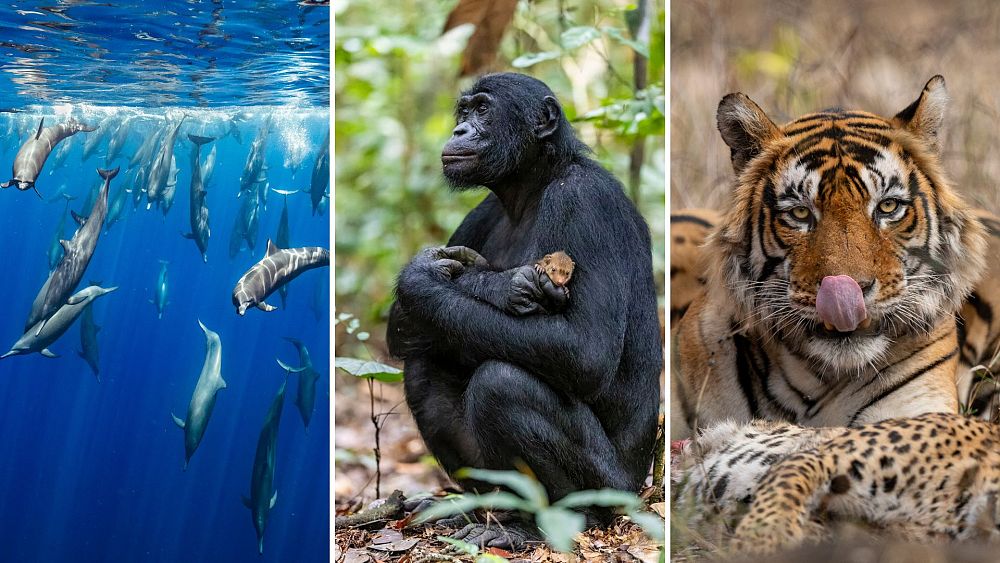
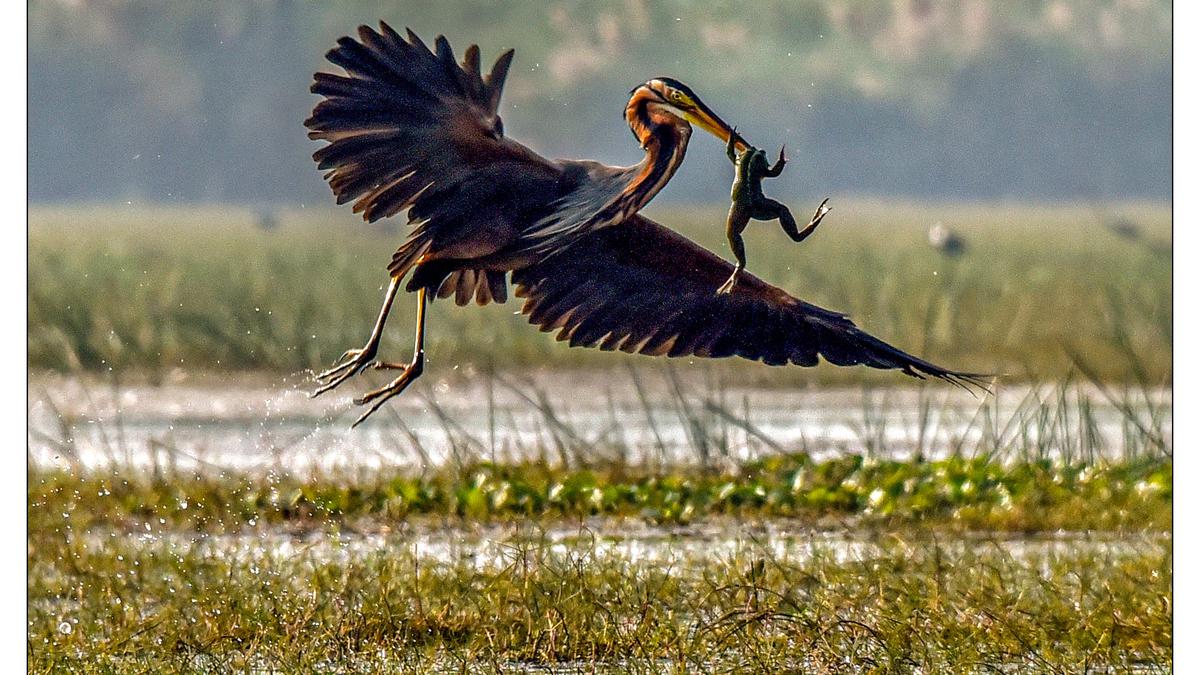

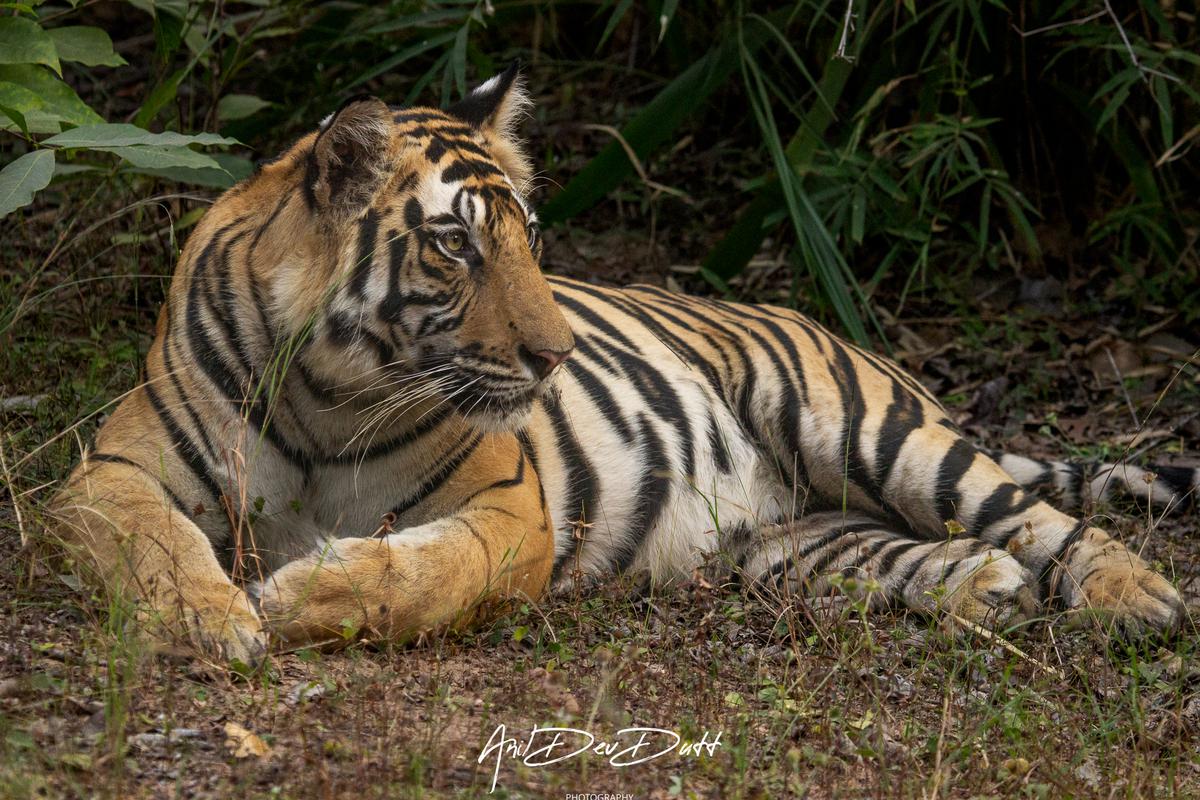
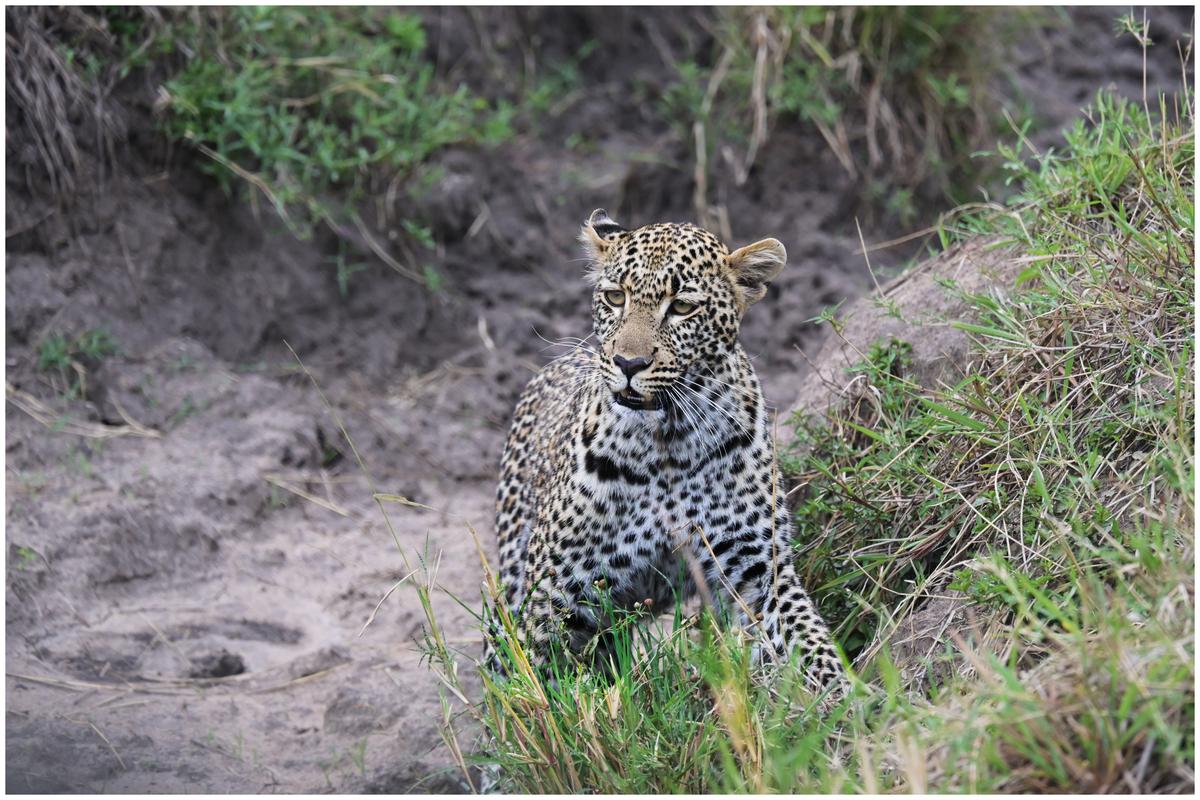

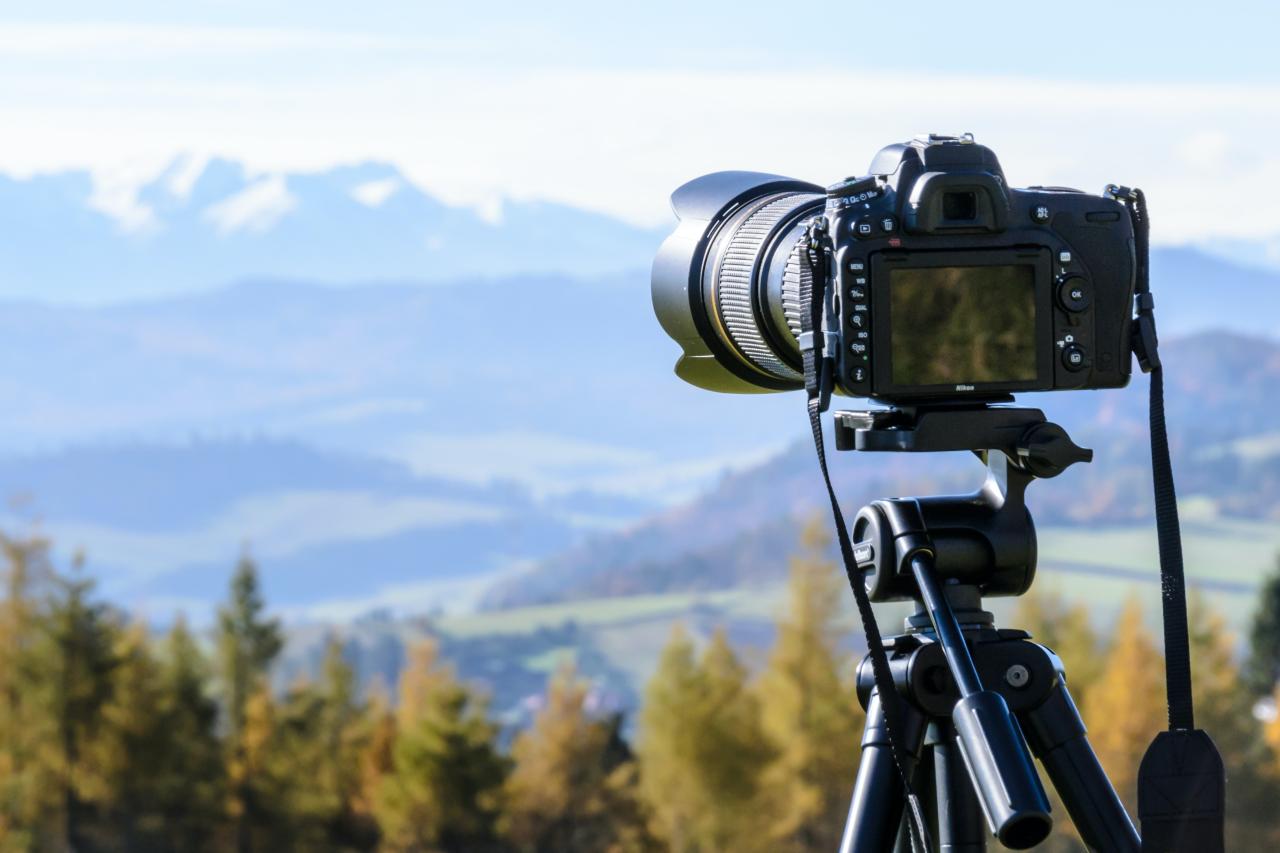
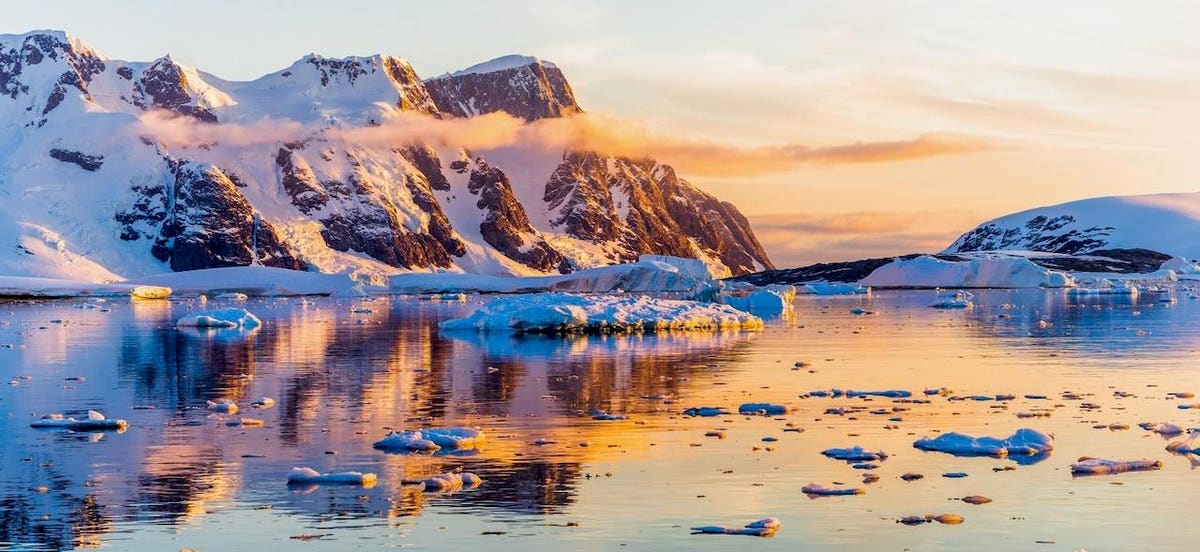
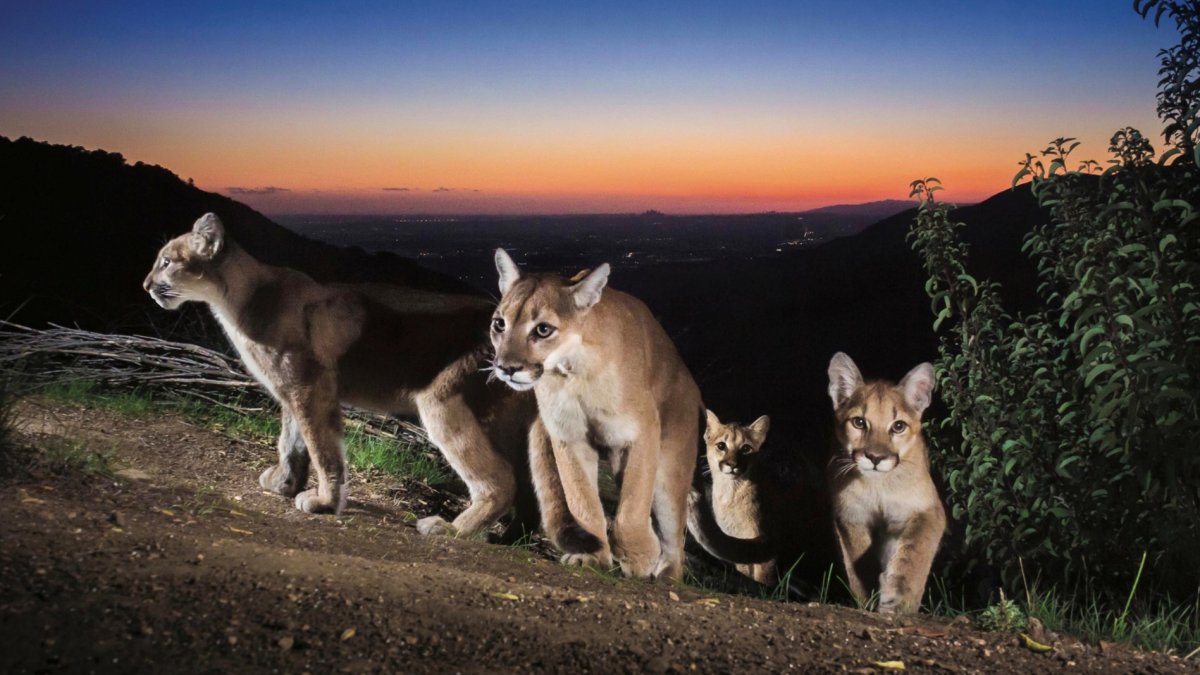

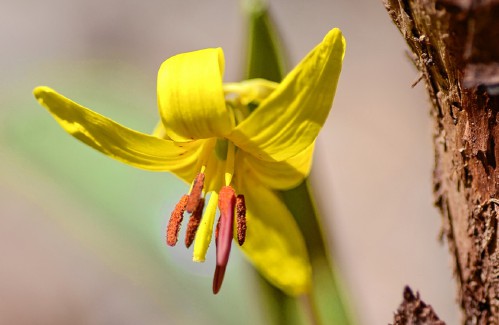
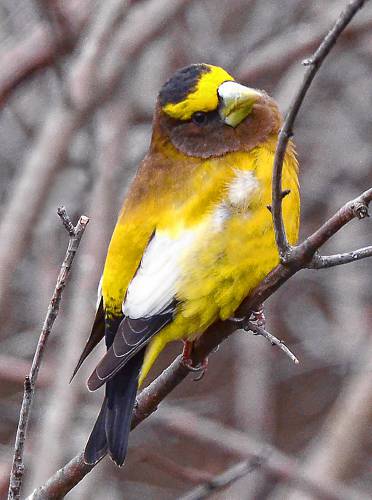
/https://tf-cmsv2-smithsonianmag-media.s3.amazonaws.com/filer_public/85/f5/85f51687-caa1-4f67-959f-f387106dc814/1267_3673_dinorahgraueobscura_costarica_open_naturalworldwildlife_2023.jpg)
/https://tf-cmsv2-smithsonianmag-media.s3.amazonaws.com/filer_public/60/d7/60d7b217-5a73-4428-b171-a1713dc63615/1269_3675_josemanuelgrandio_spain_open_naturalworldwildlife_2023.png)
/https://tf-cmsv2-smithsonianmag-media.s3.amazonaws.com/filer_public/34/48/344817fa-c6f6-45cf-8699-f56c843bee13/1261_3667_marcioestevescabral_brazil_open_naturalworldwildlife_2023.jpg)
/https://tf-cmsv2-smithsonianmag-media.s3.amazonaws.com/filer_public/0e/9d/0e9dfd65-4898-47bb-b205-27eeed81ccbd/1383_3789_protapshekhormohanto_bangladesh_open_naturalworldwildlife_2023.jpg)
/https://tf-cmsv2-smithsonianmag-media.s3.amazonaws.com/filer_public/e5/ff/e5ff0251-0d11-401d-ad70-999248c375c9/1259_3665_pietroformis_italy_open_naturalworldwildlife_2023.png)
/https://tf-cmsv2-smithsonianmag-media.s3.amazonaws.com/filer_public/1d/08/1d089e43-7e6c-4919-8386-7c8d17549ac6/1265_3671_subratadey_bangladesh_open_naturalworldwildlife_2023.png)
/https://tf-cmsv2-smithsonianmag-media.s3.amazonaws.com/filer_public/26/45/2645cc57-825b-455d-8ebf-61c1e95dac2a/1273_3679_jameshunter_germany_open_naturalworldwildlife_2023.png)
/https://tf-cmsv2-smithsonianmag-media.s3.amazonaws.com/filer_public/79/dd/79dd41ed-2201-4741-81cf-4445fb6bcf71/1257_3663_tiborprisznyk_hungary_open_naturalworldwildlife_2023.png)
/https://tf-cmsv2-smithsonianmag-media.s3.amazonaws.com/filer_public/eb/53/eb530883-a0d4-49e5-80cc-e520410c8b5e/1253_3659_patrickems_switzerland_open_naturalworldwildlife_2023.png)
/https://tf-cmsv2-smithsonianmag-media.s3.amazonaws.com/filer_public/6b/1d/6b1d608e-00cf-4d04-b6d4-7a1337f36534/1251_3657_alexpansier_netherlands_open_naturalworldwildlife_2023.png)
/https://tf-cmsv2-smithsonianmag-media.s3.amazonaws.com/filer_public/cd/6a/cd6a2b3f-5ef3-45f7-b84a-470fed63a5e7/1247_3653_charlyclrisse_spain_open_naturalworldwildlife_2023.jpg)
/https://tf-cmsv2-smithsonianmag-media.s3.amazonaws.com/filer_public/6a/97/6a97554f-dbf1-44b2-8e8e-cd20a58b3c08/1249_3655_arnfinnjohansen_norway_open_naturalworldwildlife_2023.jpg)
/https://tf-cmsv2-smithsonianmag-media.s3.amazonaws.com/filer_public/18/fd/18fdafec-f753-4ac7-a506-b4544693f99e/1263_3669_vinceburton_unitedkingdom_open_naturalworldwildlife_2023.jpg)
/https://tf-cmsv2-smithsonianmag-media.s3.amazonaws.com/filer_public/c6/f5/c6f55b17-4a3b-4342-8804-b2920f82a565/1271_3677_andreamichelutti_italy_open_naturalworldwildlife_2023.jpg)
/https://tf-cmsv2-smithsonianmag-media.s3.amazonaws.com/filer_public/d8/93/d89389ad-9eea-4279-8484-265b2c64c531/1275_3681_markfitzsimmons_australia_open_naturalworldwildlife_2023.png)
